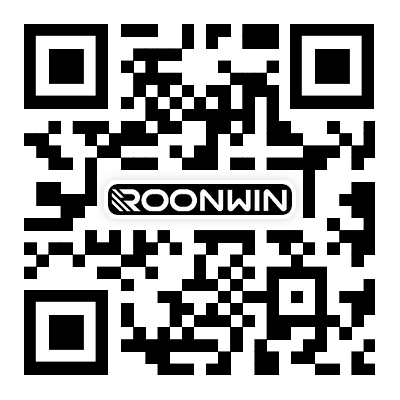Return to News Center
Prices of Projector Screens
 Reviewed:0
Release time:2025-09-08
source:About Us
Reviewed:0
Release time:2025-09-08
source:About Us
Guide:
The prices of projector screens can vary significantly based on several factors, making it crucial for consumers to understand what influences the cost before making a purchase. One of the primary determinants of a projector screen's price is its size. Generally, larger screens command higher prices

The prices of projector screens can vary significantly based on several factors, making it crucial for consumers to understand what influences the cost before making a purchase. One of the primary determinants of a projector screen's price is its size. Generally, larger screens command higher prices. For example, a small 60 - inch portable projector screen might be available for as low as (50 - )100. These are often basic, foldable models made from simple materials, suitable for occasional use in small rooms or for personal home entertainment on a budget.
As the screen size increases, so does the cost. A 100 - inch fixed - frame projector screen, which is a popular choice for home theaters and small - scale presentations, can range from (200 - )500. These mid - sized screens usually offer better image quality and more durable construction. The frame might be made of sturdier materials like aluminum, and the screen material could be a higher - grade matte white or gray fabric that enhances color accuracy and contrast.
For larger, more professional - grade screens, such as 120 - inch or 150 - inch models used in auditoriums, conference halls, or large - scale home theaters, prices can start from $500 and go up to several thousand dollars. These high - end screens often come with advanced features. Some may have ambient light - rejecting (ALR) technology, which can significantly improve image visibility in rooms with ambient light. ALR screens use special optical materials and designs to absorb or reflect ambient light, allowing the projected image to remain clear and vibrant. The cost of manufacturing these specialized screens, along with the research and development involved in their technology, contributes to their higher price tags.
Another factor that affects the price is the type of screen. Manual pull - down screens are generally more affordable compared to motorized or electric screens. A basic manual pull - down screen in a common size like 84 inches might cost around (100 - )200. In contrast, a motorized version of the same size screen could cost (300 - )600. Motorized screens offer the convenience of remote - controlled operation, which is especially useful in commercial settings or large - scale installations where easy access to the screen for manual adjustment may not be practical.
The material of the projector screen also plays a major role in pricing. Basic polyester or white - painted screens are the most budget - friendly. However, screens made from more advanced materials, such as acoustically transparent fabrics for home theaters where sound needs to pass through the screen without distortion, or high - gain materials that increase the brightness of the projected image, are more expensive. Acoustically transparent screens can cost (300 - )800 depending on size and quality, as they require precise manufacturing to balance sound transmission and image projection. High - gain screens, which are beneficial in large rooms or areas with high ambient light, can also be priced at a premium due to the specialized materials used to enhance light reflection.
Read recommendations:
HN30A Portable - HN Series Projector
Projector Projection Distance
Understanding Projector Lens Shif
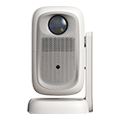
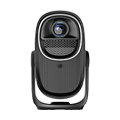



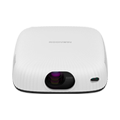
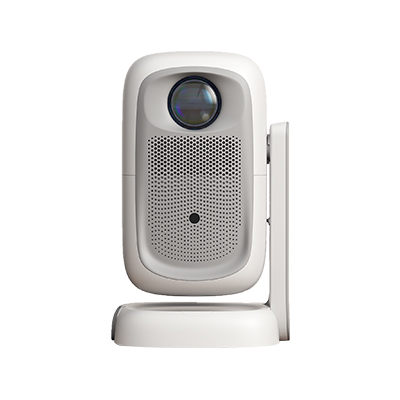
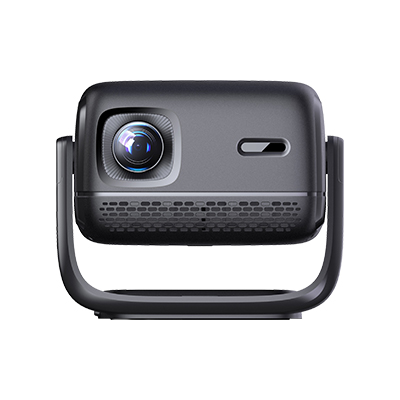
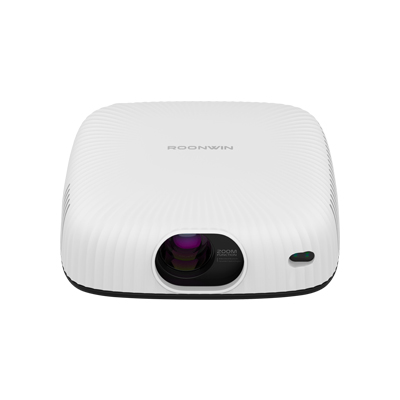









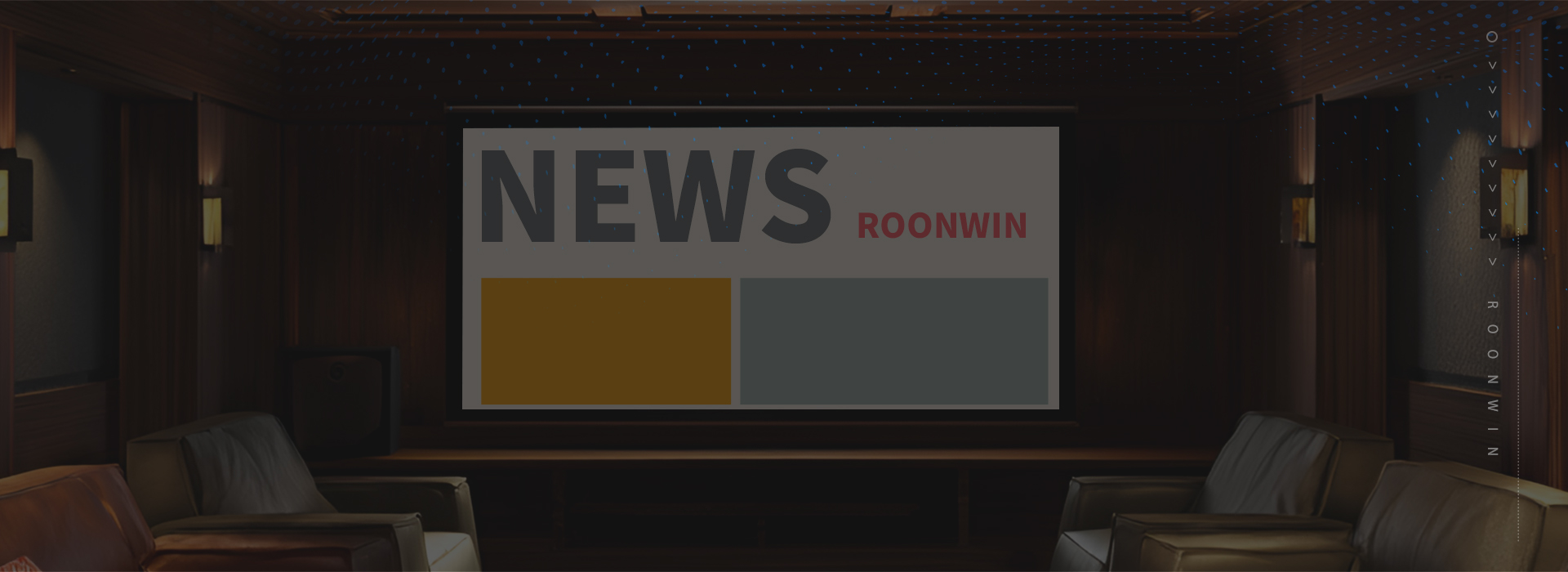
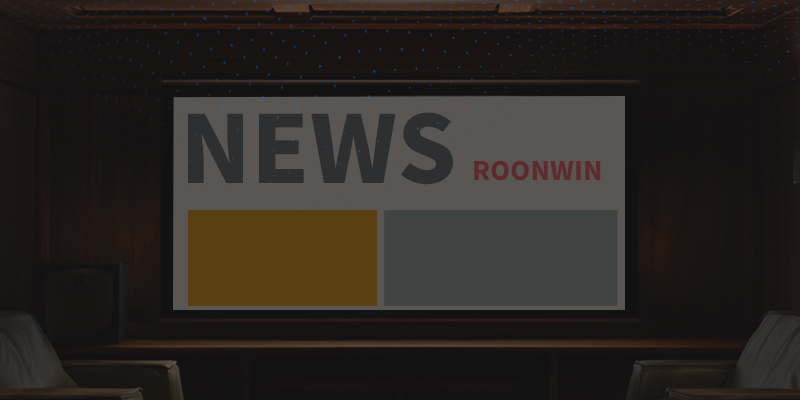
 Reviewed:
Reviewed:










